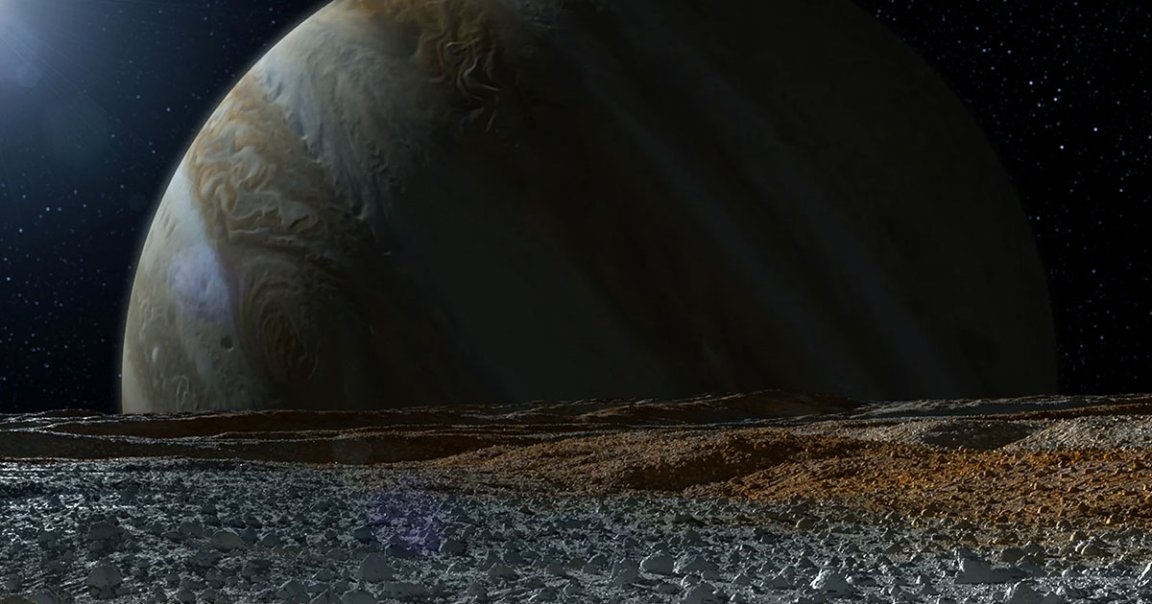
Super Soaker
A new study led by the European Space Agency (ESA) found new evidence that Jupiter’s moon Europa is indeed spouting plumes of water into space, suggesting the icy moon could hold vast subsurface oceans — which some researchers suspect could possibly harbor life.
Astronomers have long suggested that the icy moon leaks water. Now, a new analysis of data collected by the ESA’s Galileo probe, back in the year 2000, lends fresh evidence that it really is.
Proton Dip
Galileo found a strange dip in recorded protons, positively charged particles, near Europa. Previous studies suggested the dip was caused by the moon itself obscuring the detector on the spacecraft.
But the new ESA-led study, published in the journal Geophysical Research Letters late last month, has a new explanation for the lack of recorded protons: Plumes of water shooting into space could be disrupting the moon’s thin atmosphere and disturbing the magnetic fields in the area, according to new computational models.
Juicy
The icy moon has astronomers excited. The existence of water plumes could point towards a possible way inside to study the moon’s oceans below, and even probe them for evidence of extraterrestrial life.
In fact, ESA is planning its next flyby of Jupiter’s icy moons as soon as 2029, as part of its “JUICE” (JUpiter ICy moons Explorer) mission. The explorer will spend three whole years studying Jupiter and three of its largest moons, including Europa.
READ MORE: New evidence of watery plumes on Jupiter’s moon Europa [European Space Agency]
More on Europa: UNIVERSITY CHANCELLOR PREDICTS “HIGHER FORMS OF LIFE” ON EUROPA